ICYMI: the week's 8 biggest tech news stories from Nintendo's new alarm clock, to Toyota's revolutionary EV charging tech
Here's your firmware update for October 12, 2024
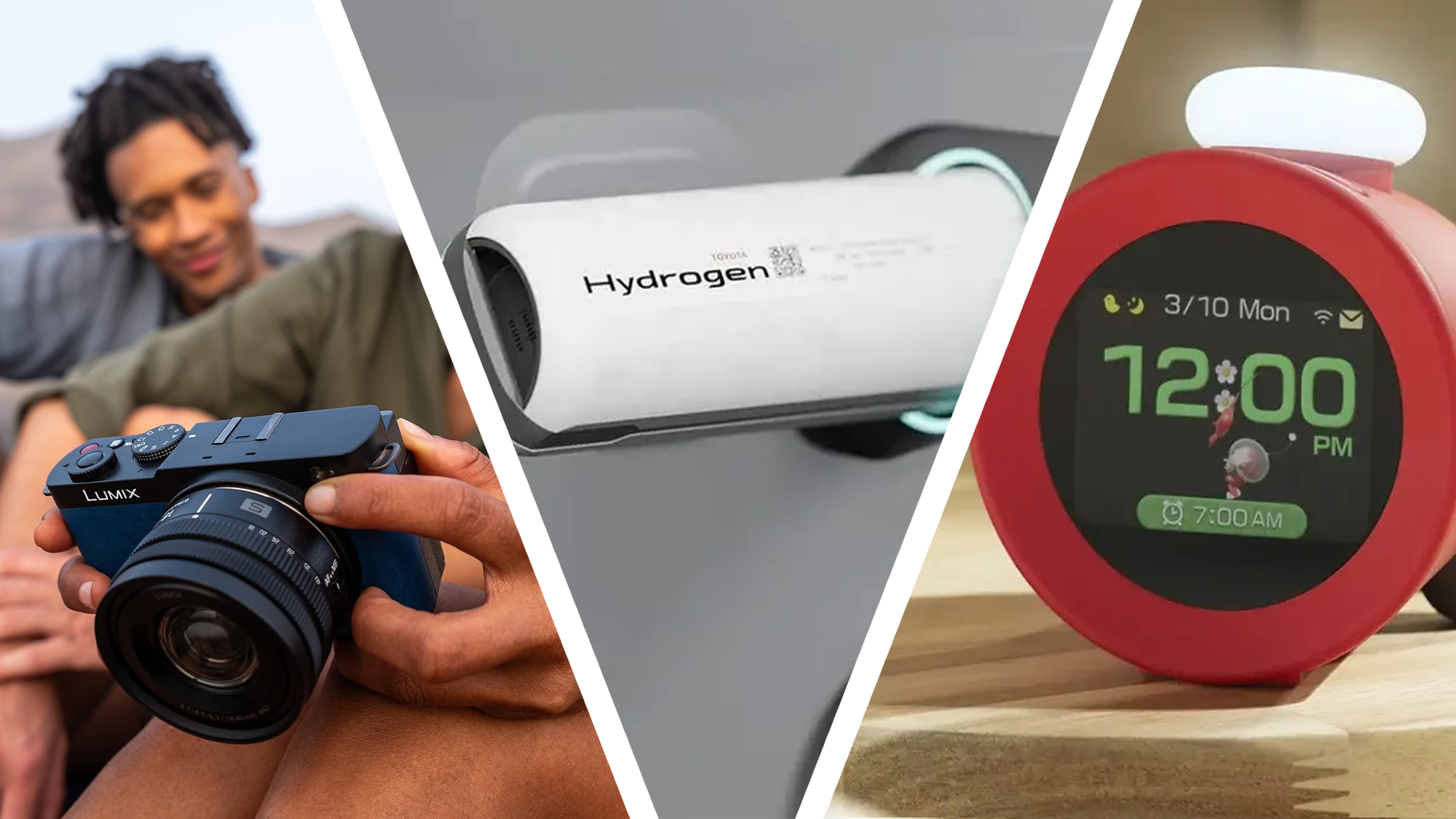
This week, after months of waiting for a follow-up to the hugely successful Nintendo Switch handheld we finally got brand new Nintendo hardware in form of a clock called Alarmo. We also saw some major AI developments for Gemini, and the RTX 5090 price leaked (spoiler, it ain't cheap).
To catch up on all of this and more, we've collected the week's biggest news stories here so you can find out about everything you missed.
Once you're up to speed why not check out our picks for the seven new movies and TV shows to stream this weekend (October 11).
8. Apple struggled to keep a lid on the M4 MacBook Pro
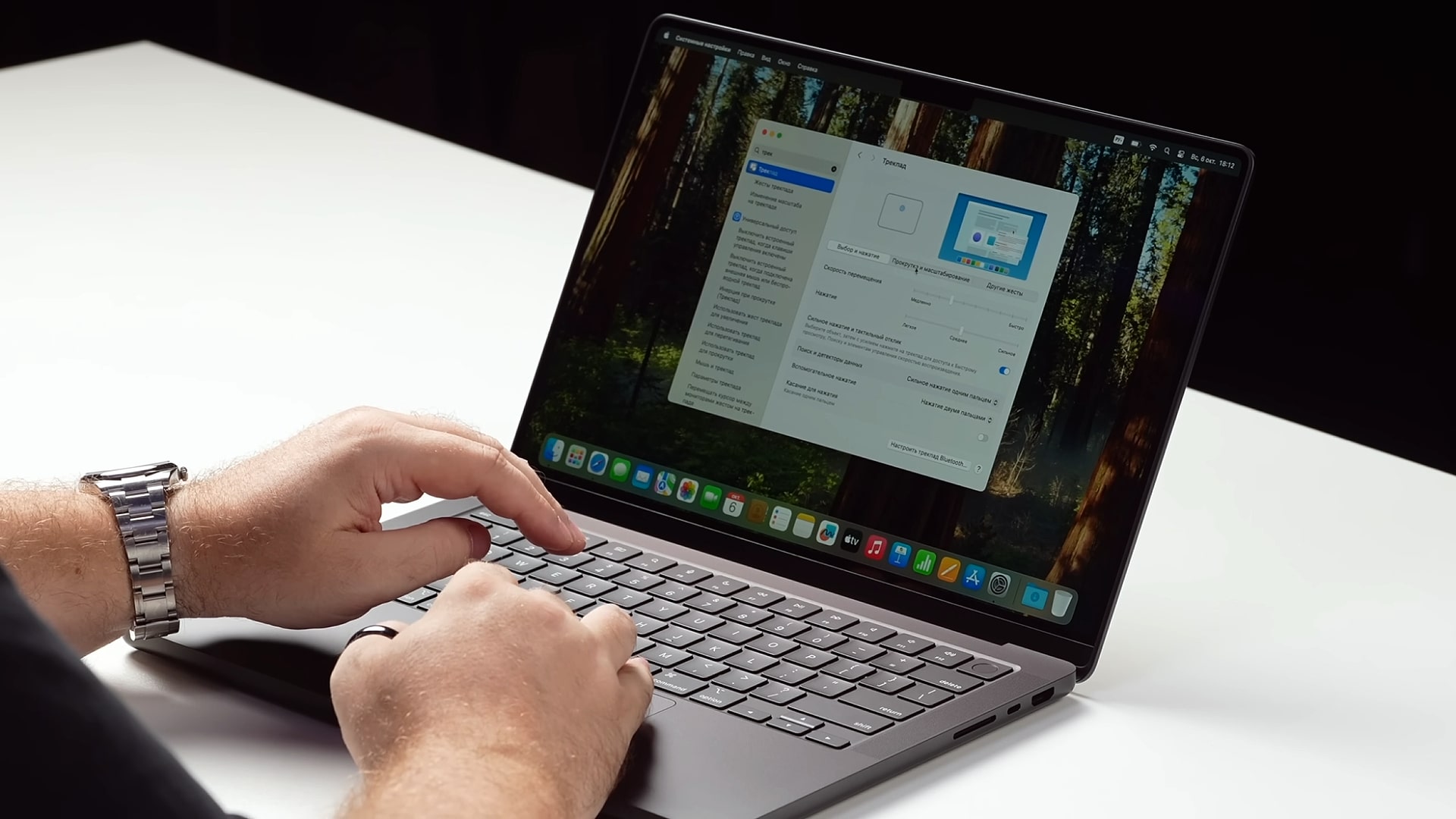
Apple doesn’t really do leaks, so this week was something of a shock for tech fans used to its watertight launches.
Not only did we see a wave of credible video and benchmark leaks for the rumored M4 MacBook Pro, several people in Russia claimed to be selling the unannounced laptop on a classified ads site. Not quite on the level of leaving an iPhone 4 prototype in a bar, but not far off.
While it’s possible that those now-pulled adverts were fakes, the sheer number of convincing leaks suggests that an M4 MacBook Pro is coming soon – potentially with more Thunderbolt ports and a Space Black version.
7. Toyota revealed a future powered by hydrogen cartridges
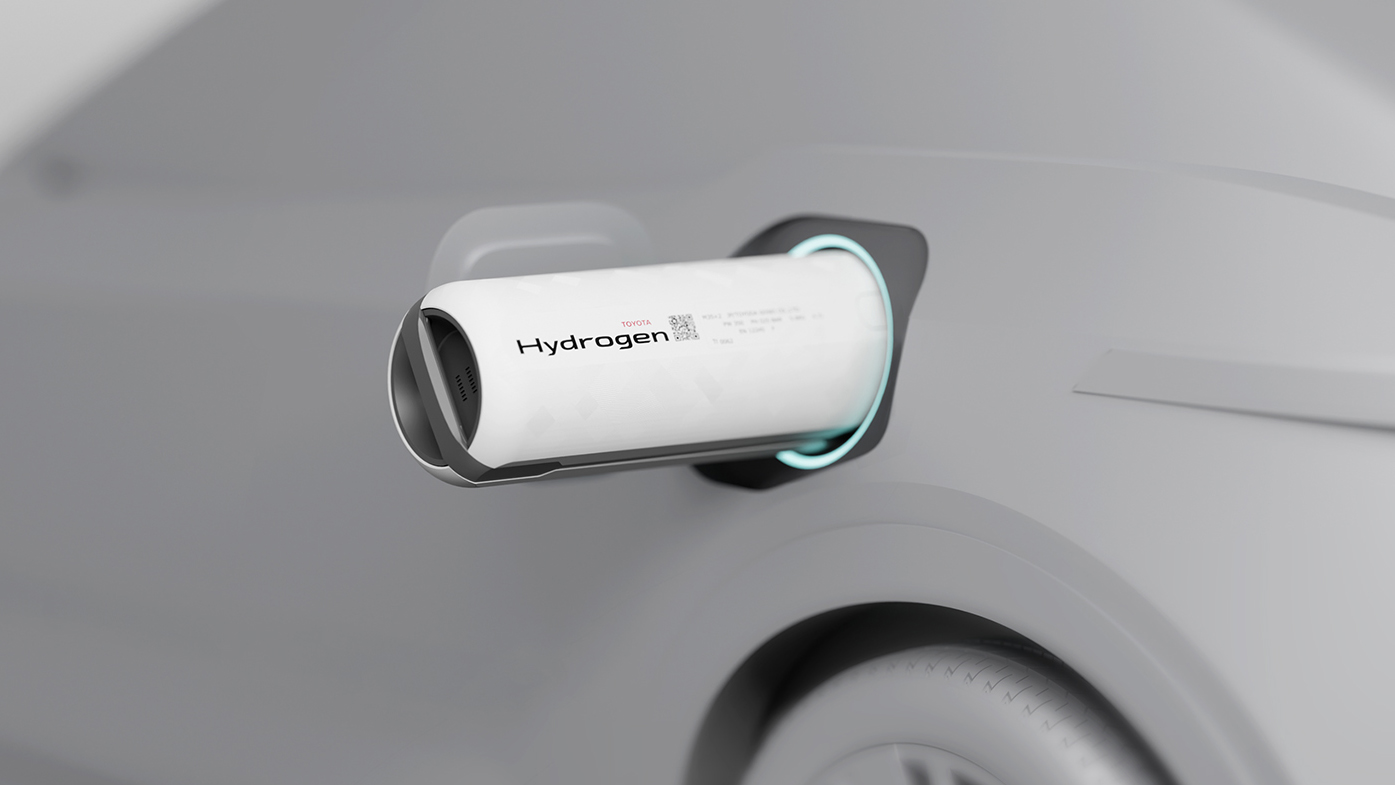
Hydrogen hit the headlines again this week as a possible fuel source for cars and even homes as Toyota revealed some concept portable cartridges that look like giant AA batteries.
Get daily insight, inspiration and deals in your inbox
Sign up for breaking news, reviews, opinion, top tech deals, and more.
Toyota says the cylinders have been developed using its experience in shrinking the hydrogen tanks in its fuel-cell electric vehicles. The concept is certainly an alluring one – rather than having to refuel at petrol stations or EV charging points, you could just swap out your power source when your hydrogen levels run low. In theory, at least.
Whether the concept makes it to reality remains to be seen, but it’s hopefully at least somewhere down the road – we can’t endure broken EV charging networks for much longer.
6.Nintendo finally launched new hardware
Nintendo announced new hardware this week, but it wasn’t the Nintendo Switch 2. Instead it revealed (of all things) a new sound clock called Alarmo.
It features a 2.8-inch LCD screen that tells you the date, time, and shows a playful Nintendo mascot – including Link, Olimar, and (of course) Mario – who react to what you and Alarmo are doing. Though if you stay in bed for too long Alarmo might send a less friendly face to motivate you – like the evil king Bowser.
What makes this smart alarm clock clever however is its in-built motion sensor which can track your movements. Alarmo can track your sleep habits which you can review in the morning, can be waved at to snooze your alarm, and can detect when you sit up to stop your alarm.
Alarmo’s only available to buy for people who are paid Nintendo Switch Online members right now, but it should be launching to the general public in January 2025.
5. Google's Imagen 3 rolled out worldwide
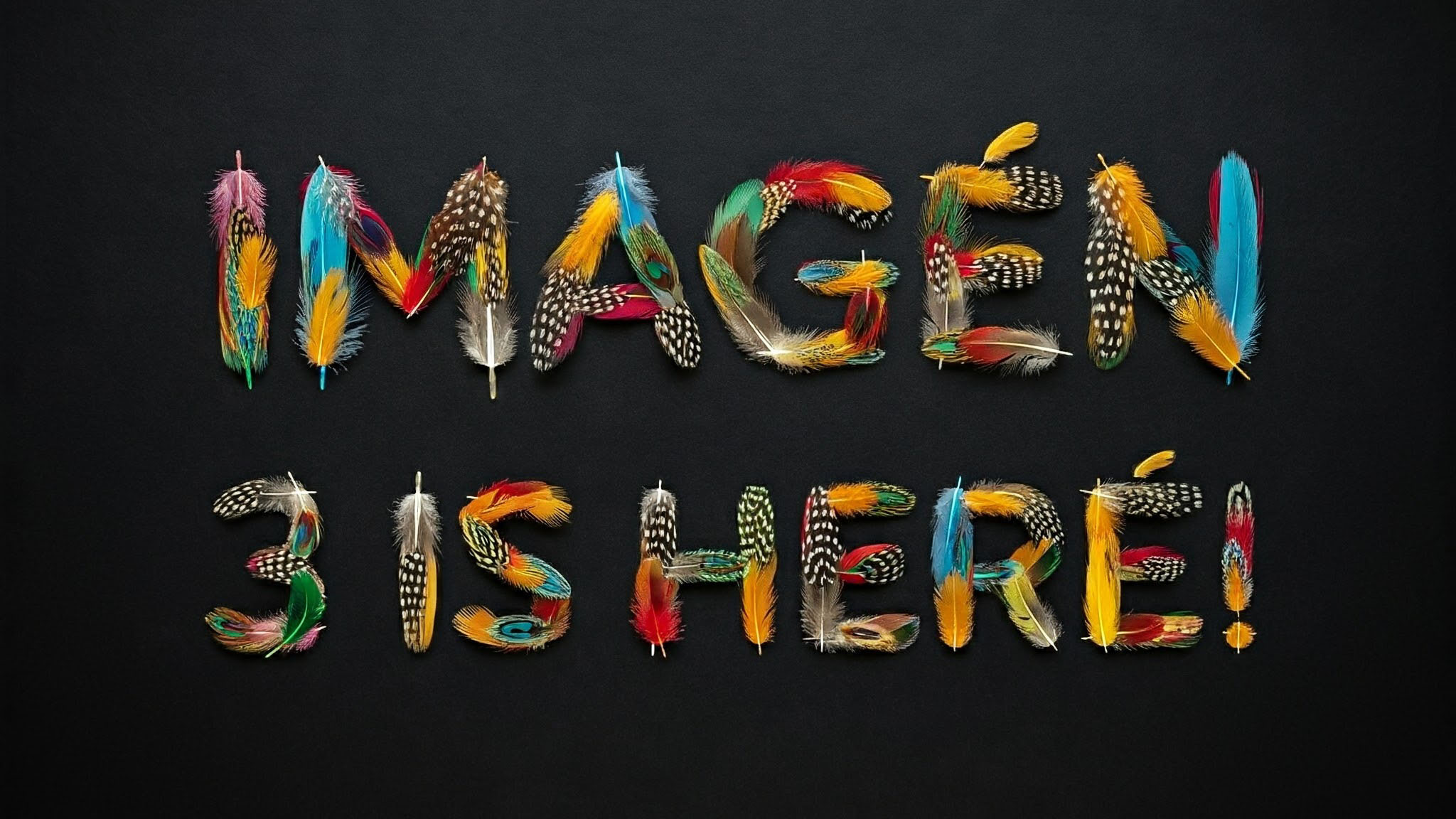
This week Google updated its Gemini AI chatbot to use the latest Imagen 3 software for generating images. It’s easy to use too, you just ask Gemini to create an image using the same text prompts that you use to talk to Gemini normally. Imagen 3 sees considerable improvements over the previous version, with much better detail in images, especially where text is concerned.
Imagen 3 is available to everybody who can access Gemini, on a laptop or smartphone, even if you are on the free tier, however, while the image quality of Imagen 3 is superb, and there don’t seem to be limits on how many images you can create a day, there is one slight annoyance – you need to be a Gemini Advanced subscriber if you want to use it to generate images of people.
4. The Apple Intelligence release date leaked
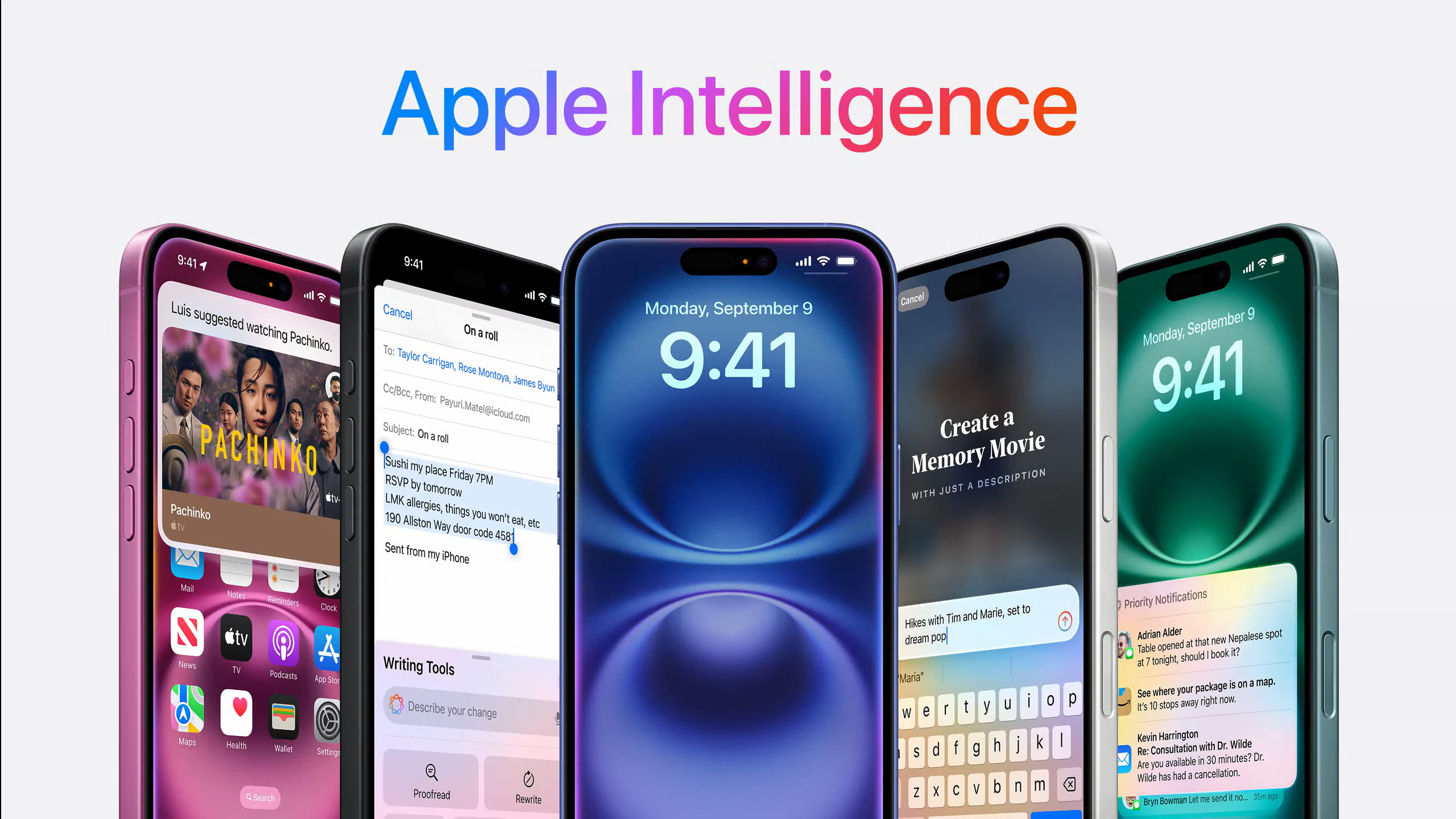
Apple Intelligence finally has a release date... sort of. We were told Apple’s AI tools would arrive on iPhone, iPad, and Mac as part of a software update in October, and Bloomberg’s Mark Gurman has given us a date.
Gurman suspects iOS 18.1, iPadOS 18.1, and macOS Sequoia 15.1 will arrive on October 28, ushering in a new era for Apple as it moves into the AI-powered future. It’s definitely an exciting time to own Apple products, but will features like Writing Tools, Clean Up, and notification summaries be enough to make people care about AI?
At WWDC, Craig Federighi called it ‘AI for the rest of us’, but time will tell if the ‘rest of us’ even want AI to begin with. Expect to see Apple Intelligence features roll out over the next year with Genmoji and Image Playground arriving before the end of the year and Siri’s long-anticipated update set to release in early 2025.
3. The Loop Dream helped us sleep well
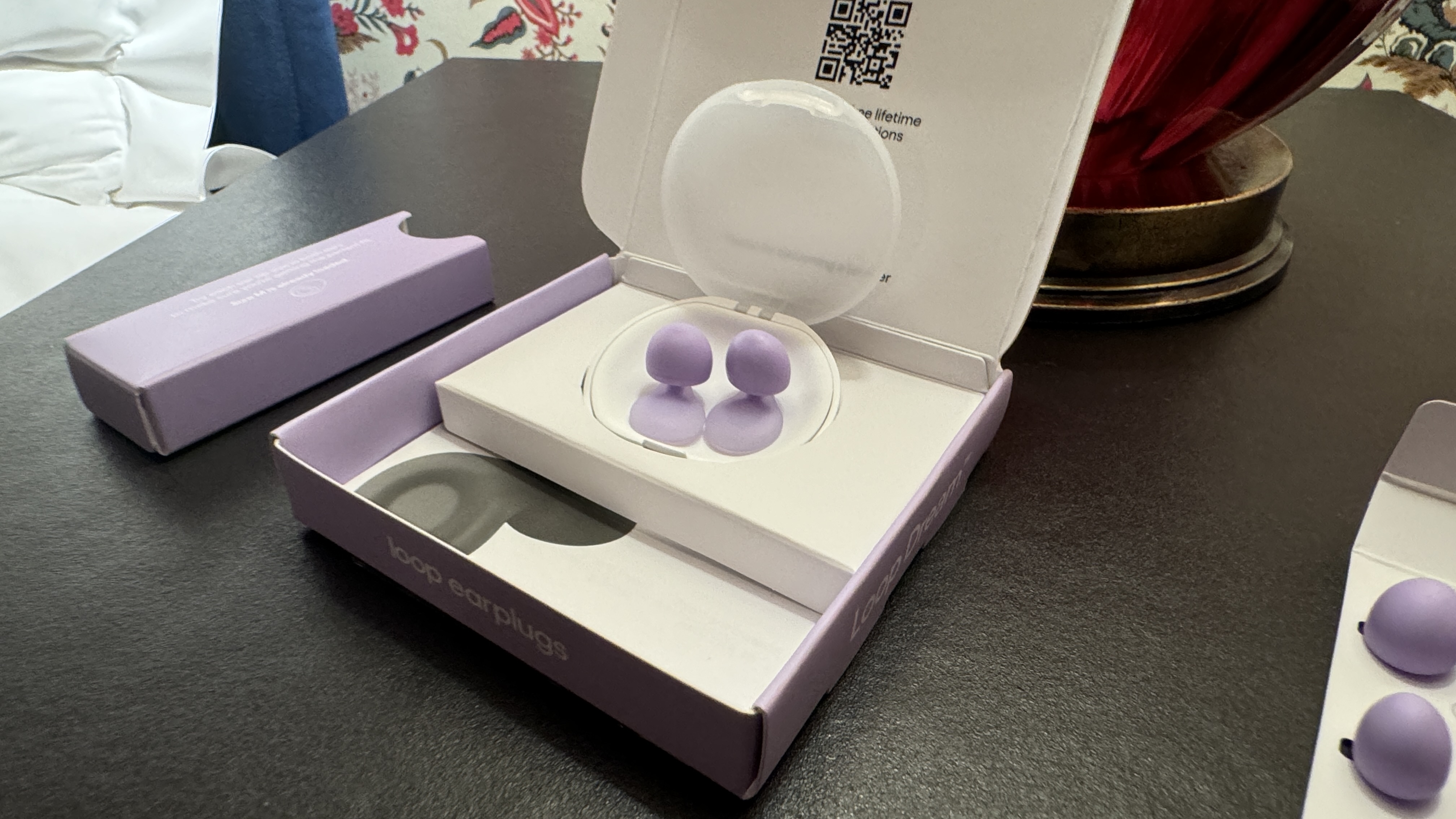
Loop released its latest noise reducing ear buds, Loop Dream, which are specifically designed for sleep. Offering the highest noise reduction in the Loop range at 27dB, Loop Dream features redesigned oval tips that put less pressure on your ear canal as well as a new, silicon-coated loop that secures the buds in the cavum of your ear.
These handy little buds proved to be massively useful for our Managing Editor of Lifestyle, who's been using them for the last three weeks - and finally slept well because of it.
- Read more: I tried sleeping with Loop Dream
2. Nvidia apparently losing its mind with next-gen GPU pricing
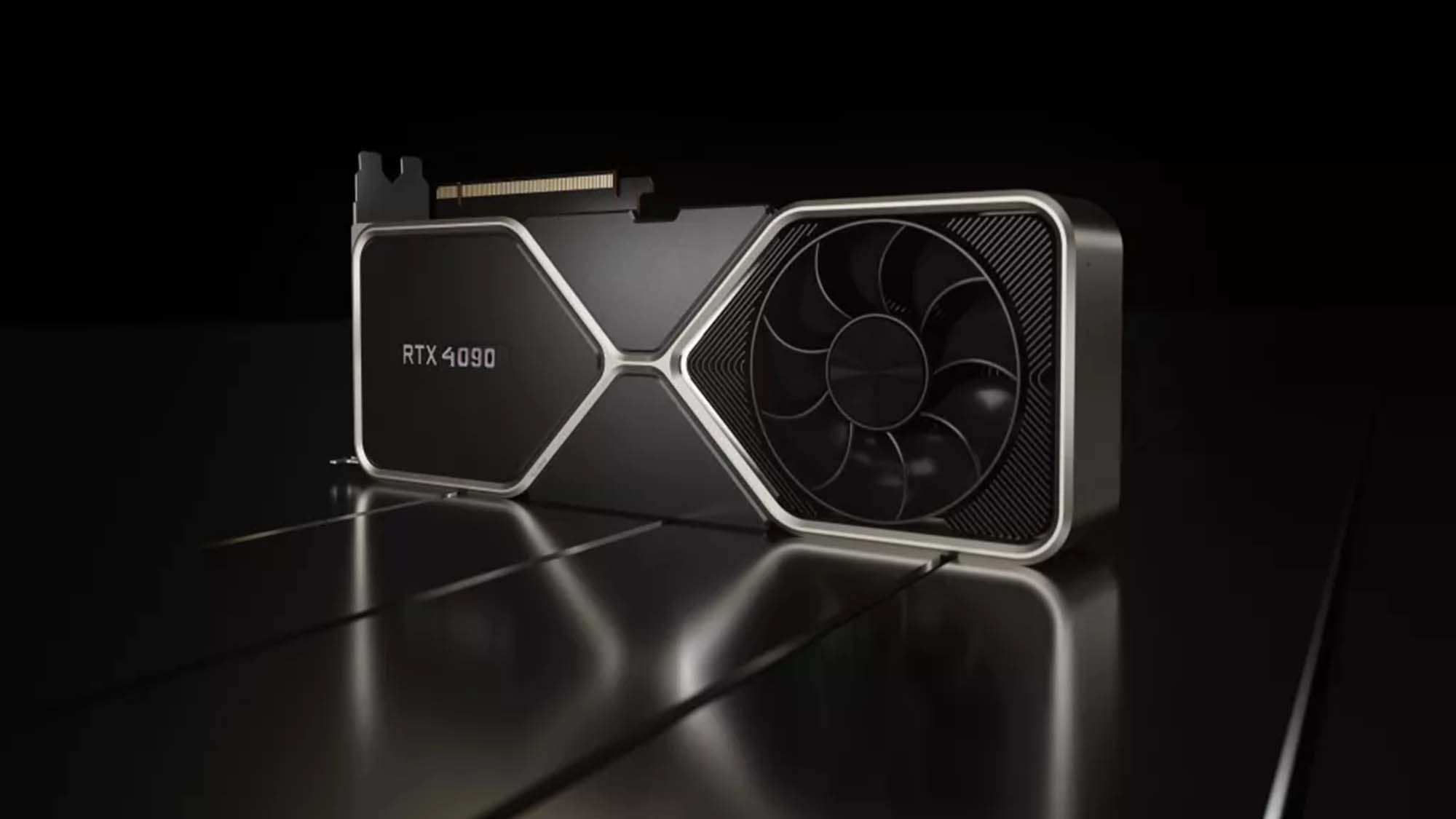
It was a rocky ride for Nvidia this week from the rumor mill, and the most eye-opening piece of speculation came regarding the purported price tags that Team Green could pin on RTX 5000 graphics cards when they arrive (likely early next year).We were seriously shocked to discover that Nvidia is apparently mulling – and it is just a consideration at this point – a price of between $1,999 and $2,499 for the flagship RTX 5090. And the leaker who shared this – YouTuber Moore’s Law is Dead – reckons that the company is looking more towards the $2.5K mark, than a mere two grand. Yikes.
Furthermore, Nvidia may be thinking about pitching the RTX 5080 from $1,199 up to $1,499, and the RTX 5070 could go for $599 to $699. An RTX 5070 that is potentially equipped with only 12GB of VRAM, we should note, adding to the indignation around this week’s Nvidia-related leaks.
What’s going on with these prices? We’re honestly a bit baffled, but a theory proposed that maybe Nvidia is testing the reaction to this pricing, when the figures were inevitably leaked, could offer up some hope that there’ll be a reversal of course here. Come on, Nvidia – don’t do this to us. The worst thing, in some ways, is that these days it almost feels inevitable that Team Green will push the envelope when it comes to expensive, and that worse still, this gives AMD no incentive to price more competitively with RDNA 4 GPUs, either, when they arrive. Meh…
1. Panasonic revealed the world’s smallest zoom lens for full-frame

Panasonic's new Lumix S 18-40mm F4.5-6.3 became the world's smallest and lightest zoom lens with autofocus for full-frame cameras – and it's an ideal pairing with the Lumix S9 mirrorless camera, for which a big firmware update was also announced, plus improvements to Panasonic's Lumix Lab app.
Tipping the scales at just 0.34lb / 155g and measuring just 40.9mm in length when retracted, the 18-40mm is positively tiny yet still packs a wider than average 18mm perspective that's ideal for video creators, weather resistance, focus breathing suppression, plus decent close focusing capabilities – just 0.15m / 0.49ft. It's exactly the lens that Panasonic's polarizing Lumix S9 for content creators needed, a camera that we labeled "small, simple, powerful, flawed" in our Lumix S9 in-depth review, but whose compact form felt rather redundant without a complementary L-mount lens. That changed with the new 18-40mm which, along with the firmware update, gives the Lumix S9 gets a second wind and could realize its potential as one of the best YouTube cameras.

Hamish is a Senior Staff Writer for TechRadar and you’ll see his name appearing on articles across nearly every topic on the site from smart home deals to speaker reviews to graphics card news and everything in between. He uses his broad range of knowledge to help explain the latest gadgets and if they’re a must-buy or a fad fueled by hype. Though his specialty is writing about everything going on in the world of virtual reality and augmented reality.
- John-Anthony DisottoSenior Writer AI
- Timothy ColemanCameras editor
- Josephine WatsonManaging Editor, Lifestyle
- Darren Allan
- Graham BarlowSenior Editor, AI
